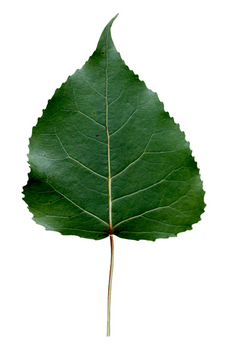ReggieT
Addicted to ArboristSite
Hey guys,
I have permission to dispatch the rest of this tree which can be referenced in my other thread entitled, " How do I maximize this downed tree?"
After doing a little more research I'm not thoroughly convinced that it is a Red Oak...several pics online show that it favors Box Elder, Maple or Elm...I really need your help before I commence making it into firewood.
BTW, is Box Elder and the above mentioned bad firewood, so to speak??
Hope you all had a blessed & safe Thanksgiving holiday.
What is this tree???
The leaf wound up in the my P/u bed...hope its from ze tree! lol
Thanks
Reg





I have permission to dispatch the rest of this tree which can be referenced in my other thread entitled, " How do I maximize this downed tree?"
After doing a little more research I'm not thoroughly convinced that it is a Red Oak...several pics online show that it favors Box Elder, Maple or Elm...I really need your help before I commence making it into firewood.
BTW, is Box Elder and the above mentioned bad firewood, so to speak??
Hope you all had a blessed & safe Thanksgiving holiday.
What is this tree???
The leaf wound up in the my P/u bed...hope its from ze tree! lol

Thanks
Reg





Attachments
Last edited:










